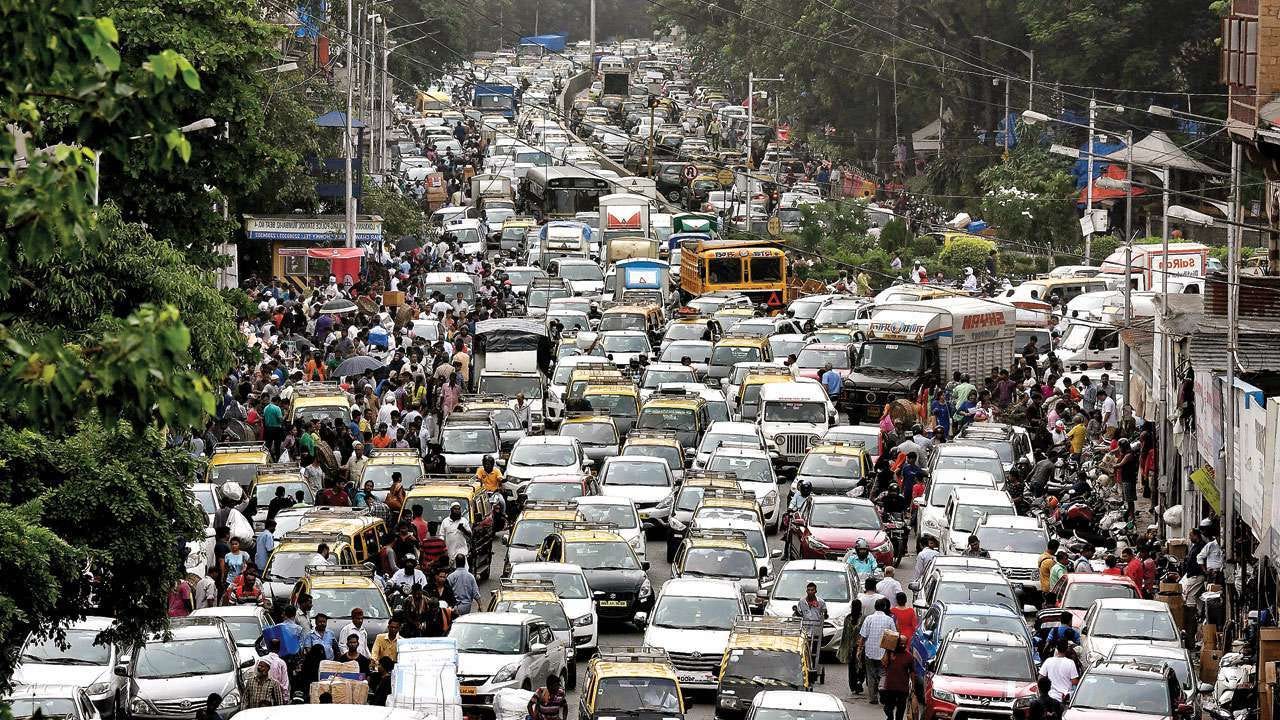"Megacities at risk"
Julian Cribb warns that "marvels of the human ascendancy, the world’s great cities are in mortal danger as the resources that keep them alive stagger, dwindle and give out..."
What is a Megacity? Any city with more than 10 million people. As of now, there are 45 megacities such places, home to more than 450 million people. Add another 500 smaller cities, with 5 million people. Combined, these cities (Mega and Major) are holds together well over 50% of the `current human population. Models show us that the figure will rise to about 7 billion by 2050! Every megacity boasts of diversity of culture, ethnicity, architecture, design, food, markets, festivals, yada yada! However, one common thing remains mostly unspoken, in urban planning, in mainstream media and at international seminars which envision “smart cities of the future”. That such preposterously oversized megacities, are “equally at risk of sudden collapse”. The urban footprint of cities like Mumbai, Shanghai, Tokyo, New Delhi, New York, Dhaka, Paris etc etc is not sustainable anymore. Regardless of their urban planning, budgets and schemes, not one of them can feed itself. Worse, there are very few megacities that provide enough water (internally) for the needs of their population.
New Delhi has less than 2 years of groundwater left at current rates of consumption. Mexico City totally depends on external water supply.
Tokyo, New York and London, would run out of food, in less than 72 hours if supply chains are disrupted.
Cities like Lima, Sao Paulo, Mumbai, Cape Town and Lagos show severely disproportionate income groups, resulting in crime and police violence.
A recent essay by Julian Cribb offers a set of alarming near-term possibilities - including one of rapid collapse, as these Megacities continue to grow at rapacious rate, yet always dependent on food and water from outside sources. Recently published by Nature magazine “the risk of simultaneous harvest failures in several of the world’s major food growing regions is climbing.” The cascading effects of which are bound to hit the Megacities in the face, in the near term future.
The non sustainability of Megacities is explained very succinctly by Julian Cribb.
“ A typical megacity of ten million or so people – like Mumbai, London, Nagoya, Hyderabad or New York for example – occupies an area of about +/- 1000 square kilometres.[1] But to feed and water ten million people requires an area of land and water outside the city of 2750 square kilometres. The total ‘urban footprint’ is thus nearly four times the size of the city itself…
All that food and water has to reach the city along increasingly fragile supply chains which stretch for thousands of kilometres around the globe, across other countries and oceans.
Furthermore, our cities exist within a profoundly disturbing global reality: that it currently takes about 2.75 hectares of the Earth’s productive area to support the average human – yet the Earth itself only has 1.5 hectares of biologically productive land and water to sustain each one of us. [2] This means that today’s big cities are inherently unsustainable.
Yet urban citizens, blithely shopping in supermarkets that seem to bulge with food and drink, are blind to this primal fact, or else dismiss it. There is scant awareness that the world is already, effectively, out of accessible fresh water, is losing fish, forests and farm soil at shocking rates and is increasingly exposed to climate-driven famines. As recent history has shown, supermarkets can empty of food in 48 hours or less, if the supply chain snaps. By the end of the week, a city of 10 million may starve, unless urgently resupplied.
A disturbing scientific paper in Nature recently warned that the risk of simultaneous harvest failures in several of the world’s major food growing regions was climbing.[3] Global heating not only increases the strength and frequency of droughts and famines, it said, but also the probability of their occurring in more than one foodbowl at once. This can seriously dislocate the food chain that feeds the megacities. And every city on Earth will feel the pinch in soaring food prices, if not outright scarcity.
Water also underlies the frailty of urban civilization: at present some two dozen major cities face serious scarcity. These include places such as Beijing, New Delhi, Los Angeles, Cape Town, Sao Paulo, Moscow, Lahore, Istanbul, Mexico City, Jakarta, Cairo and Tokyo. Water is essential to food production as well as domestic drinking. By 2050, water scarcity will affect at least 20 megacities, housing one third of the human population.[4]…”
Megacities at Risk - READ COMPLETE ARTICLE
About the author - Julian Cribb is an Australian author and science communicator. A fellow of the Royal Society for the Arts, the Australian Academy of Technological Science (ATSE) and the Australian National University Emeritus Faculty.
everyday pictures - photo1- Tokyo metro service. photo2- Mumbai traffic jam.





